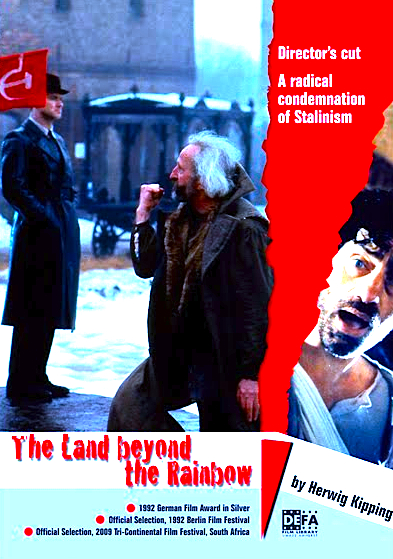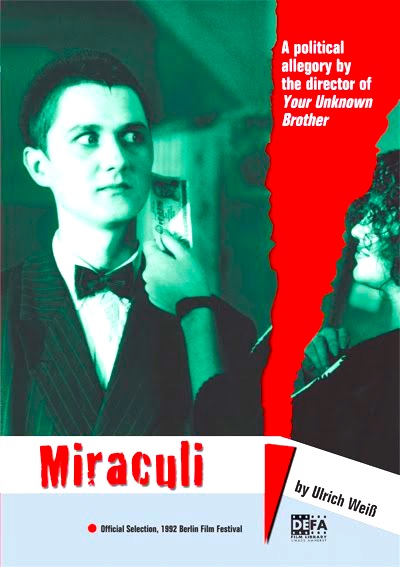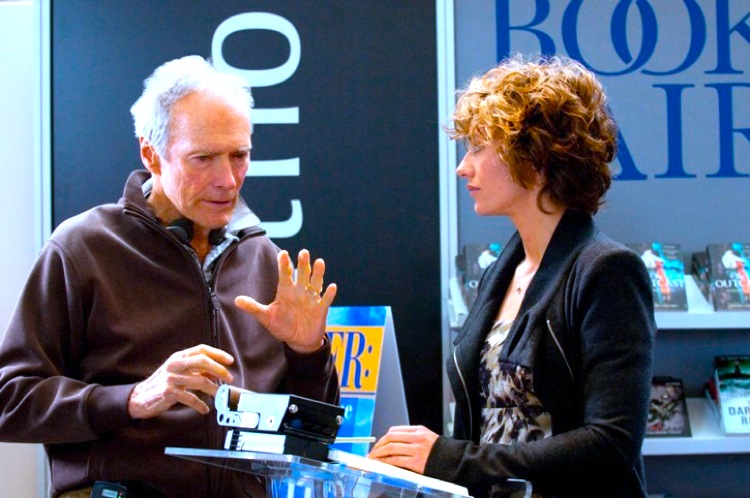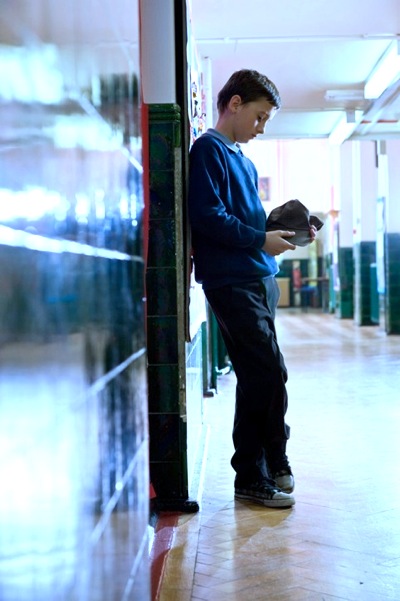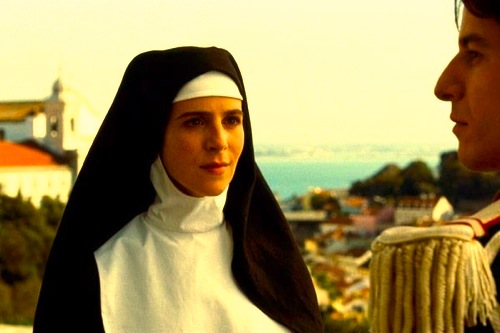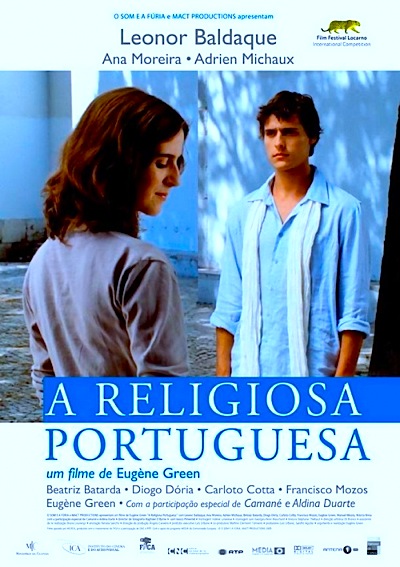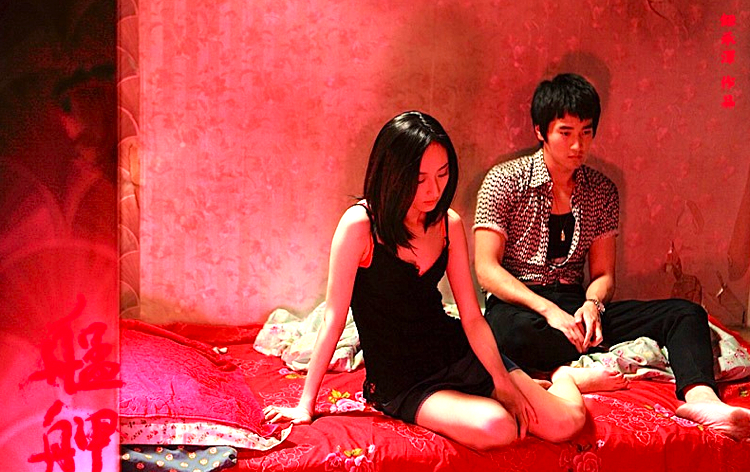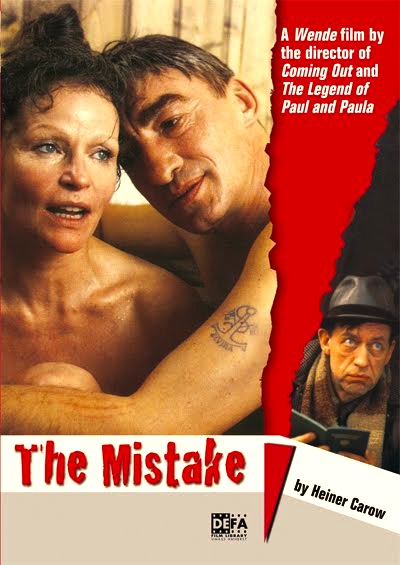 By Joe Bendel. The personal should not have to be political, but it always was in the former DDR, often with tragic consequences. As a still attractive woman of advanced years, Elizabeth Bosch ought to be able to pursue a September romance with a handsome visitor to her provincial town in relative peace and privacy. Yet, since he is West German (a Hamburger), their affair attracts the wrong sort of attention in Heiner Carow’s The Mistake, the best and final film of the Anthology Film Archives’ Wende Flicks retrospective, which concludes at the landmark East Village theater this coming Wednesday.
By Joe Bendel. The personal should not have to be political, but it always was in the former DDR, often with tragic consequences. As a still attractive woman of advanced years, Elizabeth Bosch ought to be able to pursue a September romance with a handsome visitor to her provincial town in relative peace and privacy. Yet, since he is West German (a Hamburger), their affair attracts the wrong sort of attention in Heiner Carow’s The Mistake, the best and final film of the Anthology Film Archives’ Wende Flicks retrospective, which concludes at the landmark East Village theater this coming Wednesday.
Elizabeth Bosch has always cleaned up after other people, yet she does not even have hot running water in her modest pre-Wende East German home. That means she and her visiting grandchildren must take their baths in the yard, which catches the eye of the wandering Jacob Alain. Though he starts off on the wrong foot, he quickly wins over Bosch. It is not as if he has much competition, aside from Bosch’s boss Reimelt, a small man unfortunately blessed with a measure of power. The town’s slovenly mayor, he blusters about the hard work of building socialism unaware that it sounds like a punch-line to the weary Bosch.
While Bosch and Alain might ordinarily prefer to take things slowly, they simply do not have the time. For a while they make do with letters and all-too brief rendezvouses in East Berlin, but the situation is clearly not sustainable. When Bosch’s older Party loyalist son announces his promotion, it further complicates matters. Now family contacts with the West will come under increasing scrutiny.
Mistake is a sad but wise love story that also serves as a pointed reminder of what life was like under Communism. Bosch does not even have hot water, yet the Stasi still takes an active interest in her romantic affairs. The film also pays tribute to those who stood up to injustice in the DDR – bringing together Alain, Bosch, and her younger son Holger at a candlelight Christmas prayer service for East German dissidents. It all has remarkable emotional heft thanks to the finely nuanced work of its leads.
Angelica Domröse and Gottfried John look like an attractive, warts-and-all couple who we would like to see together. Yet we know the system is stacked against them. Domröse is especially compelling, finely balancing strength and vulnerability as Bosch. It is one of the great unsung performances of world cinema.
One of the best cinematic depictions of mature romance, Mistake is an outstanding film. It is also a heartrending and infuriating document of life under the oppressive Communist system, yet its inescapable political implications never eclipse the human drama. Highly recommended, it screens this Wednesday (11/3) in New York as the concluding film of the Anthology Film Archives’ Wende Flicks retrospective of the East German DEFA film studio’s final productions.
Posted on November 2nd, 2010 at 11:35am.
